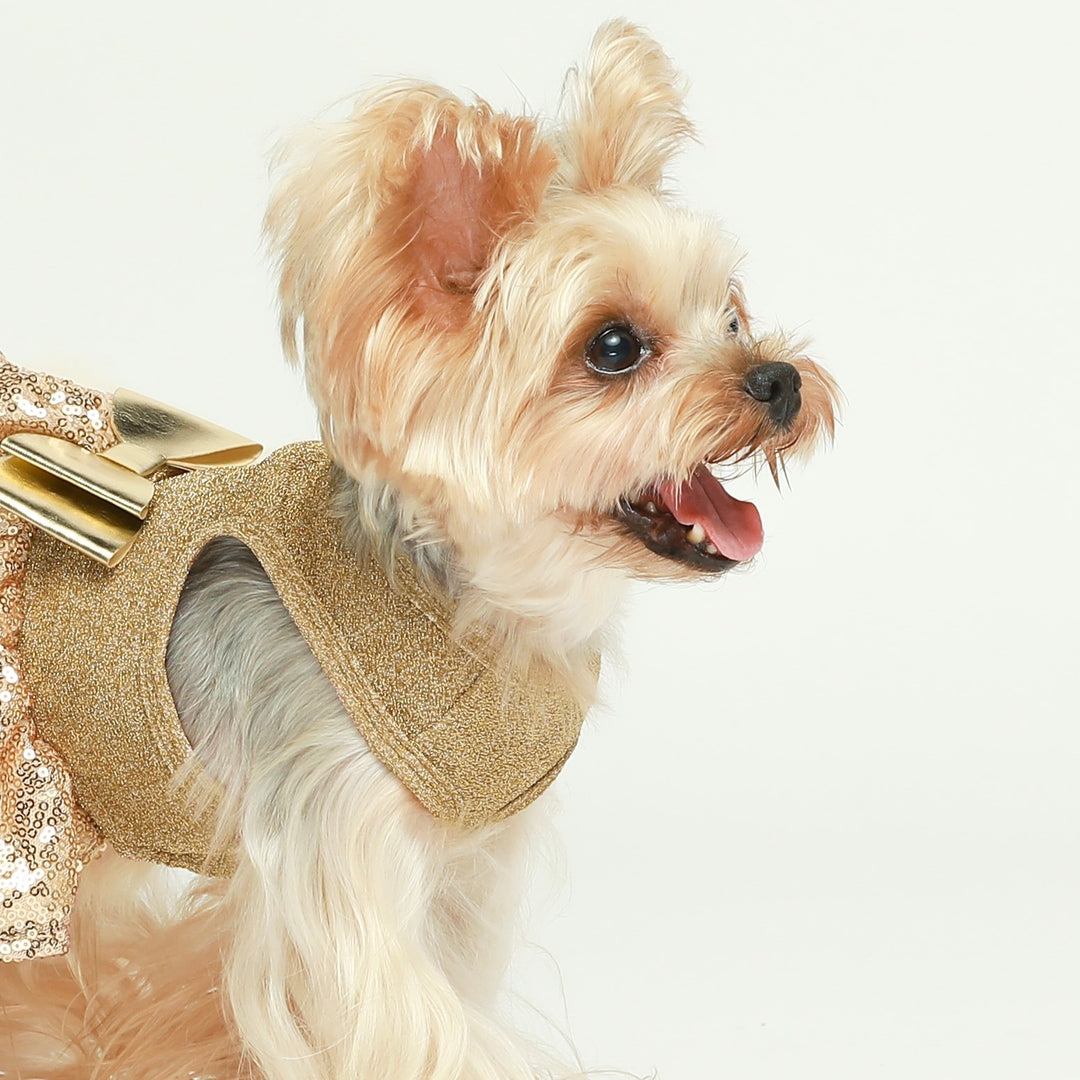Cracking the Code: Why Do Dogs Bark and What It Means
Barking for dogs is as instinctive as speaking is for humans. It's a vital part of their communication, but sometimes it can become excessive.
 Instagram: my.man.mochi
Instagram: my.man.mochi
Dogs in Striped Pajamas
Understanding Barking

Instagram: senna.fendi.thefrenchies
French Bulldog in a Sherpa Dog Hoodie
What Triggers Barking?
-
Alert and Warning: Dogs often bark to alert their owners to potential threats or changes in their environment, acting as natural guardians.
-
Attention-Seeking and Communication: Barking can be a way for dogs to get attention or communicate their needs, such as hunger or the desire to play.
-
Emotional Responses: Excitement, fear, and anxiety can trigger barking. Dogs may bark when excited, scared, or anxious about separation or unfamiliar situations.
-
Breed-Specific Tendencies: Some breeds, like terriers and hounds, are more prone to barking due to their historical roles in hunting and guarding.
 Instagram: wing_mameshiba
Instagram: wing_mameshibaUnderstanding Different Barks
- Tonal Variations: The pitch and frequency of a bark can convey different messages. A low-pitched bark might indicate a threat, while a high-pitched bark could be playful.
- Understanding the Context: Understanding the context of barking, such as the presence of strangers or other animals, helps in interpreting what the dog is trying to communicate.
- Repetitive or Rhythmic Barking: A dog that barks in a repetitive or rhythmic pattern often signals an urgent or important situation. This type of barking can indicate persistent alertness to something the dog perceives as needing immediate attention, like an unfamiliar person approaching the home.
Barking as a Social Behavior
Barking is not just a reaction to external stimuli, it also plays a significant role in a dog's social interactions. Dogs use barking as a way to communicate and engage with both humans and other dogs, often reflecting their social nature.- Social Interaction: Dogs often bark during social interactions with other dogs or humans. This can be a form of greeting or initiating play.
- Response to Other Dogs: Barking can also be a response to hearing other dogs bark, serving as a form of distant social communication within the canine community.

Dachshund in Cozy pajamas
Managing Excessive Barking
Specific Training Exercises
- Quiet Command: Train your dog to understand and respond to the "quiet" command. Start by saying "quiet" when they are barking and reward them with a treat when they stop barking.
- Desensitization: Gradually expose your dog to the stimuli that cause barking but at a low level, and reward them for staying calm and quiet.
Environmental Adjustments
- Visual Barriers: If your dog barks at things they see outside, use curtains or move their resting area away from windows.
- Soundproofing: Sometimes, reducing external noise can help. Consider using white noise machines or playing calming music.
 Instagram: gus_gus617
Instagram: gus_gus617Mental and Physical Stimulation
- Regular Exercise: Ensure your dog gets plenty of exercise according to their breed and age. A tired dog is less likely to bark excessively.
- Interactive Toys: Use puzzle toys that challenge their minds and keep them occupied.
- Clam Wear: Dressing anxious dogs in snug-fitting clothing can help them feel secure, easing anxiety and potentially reducing excessive barking. The gentle pressure from snug clothing brings calmness and reassurance to dogs.
Attention and Affection
 Instagram: mila.the.iggy.mix
Instagram: mila.the.iggy.mixCute Dog in Fleece Turtleneck Dog Sweater
Professional Guidance for Persistent Issues
When typical strategies for managing barking don't yield results, it may be time to seek professional guidance. Persistent or excessive barking can sometimes indicate deeper behavioral or health issues that require expert intervention. Here are some avenues for professional assistance:- Behavioral Training: In cases of excessive barking, consulting a professional dog trainer or behaviorist can provide tailored solutions.
- Veterinary Advice: Sometimes, excessive barking can be a sign of underlying health issues. A veterinary check-up can rule out any medical causes.
 Instagram: estherthepoodle
Instagram: estherthepoodlePoodle in Cute Dog Christmas Pajamas




 Instagram: moonandolivia
Instagram: moonandolivia









